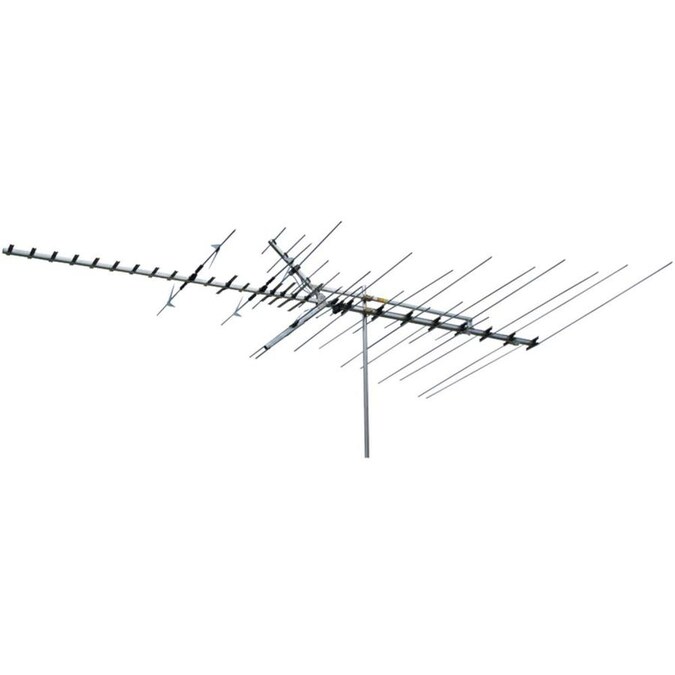For TV. Recommend a brand?
Maybe one of those square things you stick up in the window....
And where to purchase?
We have one purchased a few years ago and it gets some channels our attic antenna doesn't get - but it doesn't get some of the channels the attic antenna does get.
So I wondered if they have been improved in the past few years?
Thanks in advance.
Maybe one of those square things you stick up in the window....
And where to purchase?
We have one purchased a few years ago and it gets some channels our attic antenna doesn't get - but it doesn't get some of the channels the attic antenna does get.
So I wondered if they have been improved in the past few years?
Thanks in advance.
Last edited:

